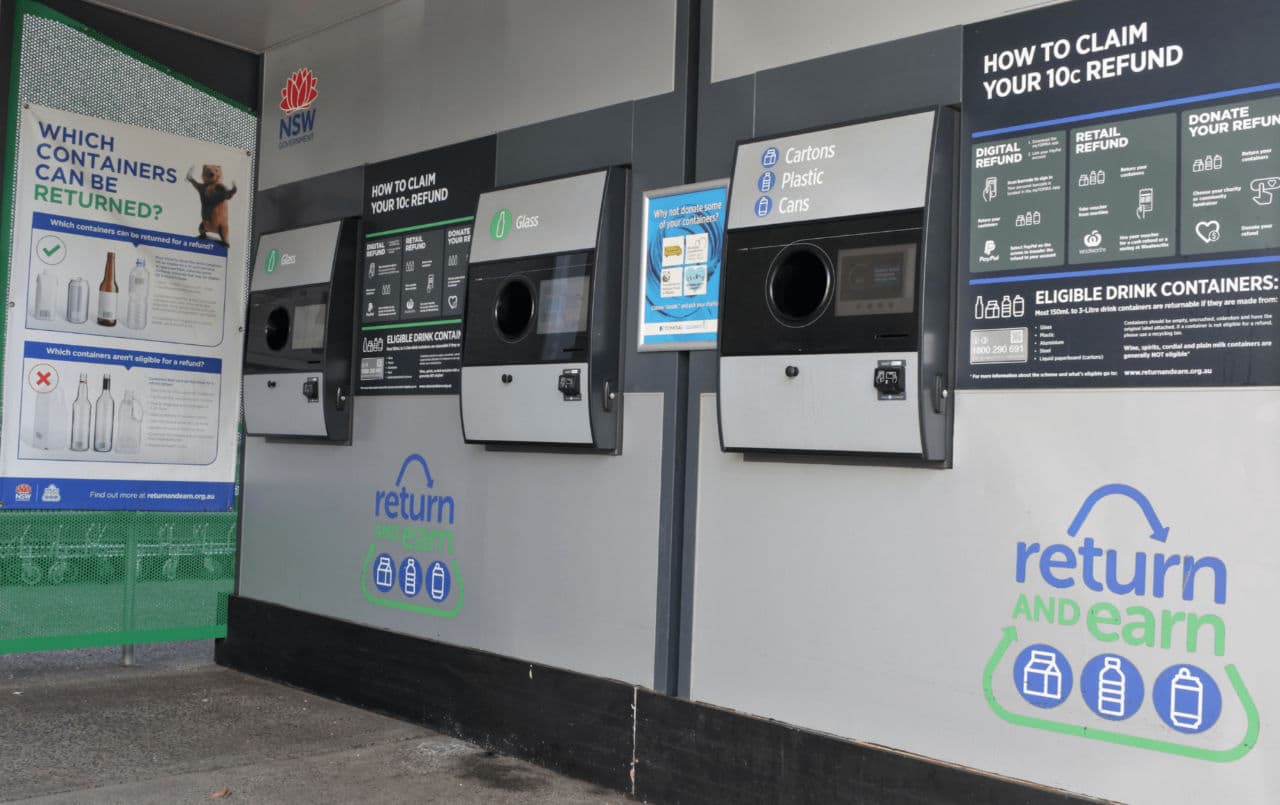Understanding your Business better by Analysing Big Data?
During these unprecedented times, those businesses that are able to weather the cash flow issues that will hit their business should look at the opportunity to analyse data. Business data is a key asset for a Company, but how many businesses structure and analyse this asset to their advantage?
Contrary to the sentiment behind ‘analysis paralysis’, we will show that relatively simple analyses of your data should bring a focus for action in a business, resulting in many Customers purchasing more and often giving a business improved profitability. This fist blog looks at Customer data, your key asset that most businesses don’t actually use effectively.
“Harvard Review reported that less than half of an organization’s structured data is actively used in making decisions. Only less than 1% of its unstructured data is analysed or used at all. This represents a huge missed opportunity.“
What is the makeup of your big data in your business?
An important first step, if not already done, is to segment your Customer base. Market segmentation means grouping Customers that ‘look alike’ together; for example, a pharmacy is going to have very different purchasing requirements and behaviours compared to a plumber’s merchant. There are recognised classification systems, such as SIC – Standard Industrial Classification; this can be seen by looking at the link below
SIC – Standard Industry Classification
Developing your Customers
Looking within a segment usually shows a wide distribution of purchase behaviour between customers; for example, their overall value of sales, each order value and how frequently purchases are made. Clearly, the desire is for all members of a segment to behave like the ‘best’ member; here, size of Customer will play a part and this is best illustrated with a real example, relating to the supply of components into the Universities segment. The segment was further classified by department type and size; it was then possible to model the behaviour of each sub-segment member against the best – the range of products bought and at what value. Collateral was produced to illustrate this, along with the service differentials, for each department of a chosen size and campaigns of action created. The approach, alongside very capable account management, led to the supplier becoming a market leader to Universities across several Countries. The value from the analysis and the strategies and decisions from the analysis resulted in millions of pounds of revenue.
So Effective Steps For Data Anylysis.
- Categorise your data, use Sic code or your own categorisation provided it is consistent
- Segment by monetary value, frequency and recency (when the purchases took place) also called RFM modelling.
- Look at penetration levels within those sectors or categorisation you have chosen.
- Use industry statistics to determine your penetration levels, market indicators for example.
- Use this data to help inform decisions around your company strategy.
Keeping Your Customers
A Customer base has often been described as a ‘leaky bucket’ with Customers stopping purchases for unknown reasons, but it should be important to know where the holes are and how big! Are the problems in a particular segment? If so, are there structural market reasons for this? If this is a segment that is very important to you, it should trigger research activity to find out what is going on and then to develop tactics to mitigate the risk. Businesses choose different time periods to carry out a ‘lapser analysis’, periods of 3 months, 6 months or even a year are not uncommon.
A more rigorous approach uses ‘recency’; when was the last time a Customer purchased? Take the case of a Customer making high-value orders every 2 weeks; Leaving the analysis for even 3 months could result in a big sales hole and most likely a lost customer for good. In this case, contact after a month could be argued. All high-value Customers should be treated this way.
Getting new Customers
Even the most active campaigns are unlikely to prevent ‘lapsers’, so getting new customers is an important dynamic. In your analysis from the above you will have shown which segments you operate successfully in and who are your ‘best’ customers. So, it would make sense to try and recruit more who look like them. You should know what’s important to them from your experience and ‘talk in the right language’. Here, in another level of data analysis, segmentation is very important; who is a prospective new business will be a key influencer. For example, the message you give to a buyer is somewhat different from that to the maintenance engineer. Lists can be purchased that focus your prospecting activity in areas of most likely success. The campaigns will then have content that chimes with the recipient. Useful new customer acquisition or NCA sources to look at include Dun and Bradstreet, and Experian to name a couple.
Customers behaving profitably
For all businesses there is a cost to service a Customer; it is vital that the return from the Customer covers these costs. Most businesses structure how they serve a Customer to match the return they get – for example, using online as a way of satisfying low-value demand.
However, data analysis of the total sales from a Customer can sometimes be misleading and this example illustrates this. Take a customer giving you £100,000 sales a year; at first sight, this may look very profitable. But analysis shows that they place 2000 orders a year and you estimate your order service costs at £60. On this overall analysis, they make you a loss because of their purchasing behaviour – £120,000 to process those orders. The hidden costs in processing orders should not be underestimated.
The data analysis showed on further investigation that they have multiple purchase points and many orders that are not time-critical; consolidating purchases and a reduced order frequency could have a significant impact on profitability with this Customer. The numbers are different, but this is a real example where a simple honest communication changed a trading relationship from loss to profit. The importance of data then is critical to informing the strategic decisions you make.
Keeping Your Customers By Analysing Data
A Customer base has often been described as a ‘leaky bucket’. Customers cease trading or don’t purchase from you for unknown reasons. It is critical to know the reasons why. How big is the leak and at what rate is the leak? Is there a problem in a particular segment? If so, are there structural market reasons for this? If this is a segment that is very important to you, it should trigger research activity to find out what is going on and then develop tactics to mitigate the risk. Businesses choose different time periods to carry out a ‘lapser analysis’, periods of 3 months, 6 months or even a year are not uncommon.
A more rigorous approach to data analysis uses ‘recency’; when was the last time a Customer purchased? Take the case of a Customer making high-value orders every 2 weeks; Leaving the analysis for even 3 months could result in a big sales hole and most likely a lost customer for good. In this case, contact after a month could be argued. All high-value Customers should be treated this way, and knowing when to nurture is another topic in itself we will discuss in another one of our blogs.
Remember in your data analysis, measure the ‘right’ data that is relevant and applicable to your organisation. Analyse data that will make a difference to your organisation.
Why not read our other articles in our news section.
Call Piernine today on 01273 855995 to discuss a comprehensive digital online marketing strategy from one of the South East’s leading agencies.Get in touch





